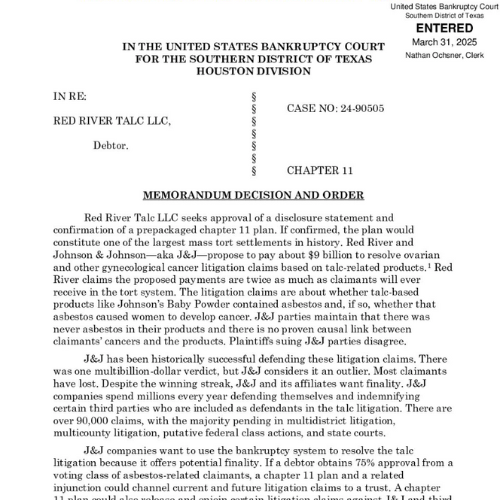The tide seems to have turned against traditional tobacco products in most circles. It is becoming less prevalent among teens and less socially acceptable generally. In order to escape this stigma many users have turned to electronic cigarettes as a seemingly healthy alternative.

Many long-time smokers claim “e-cigs” have finally allowed them to quit traditional cigarettes. Users maintain that inhaling vapor from e-cigs or “vaping” is significantly better for your health than smoking traditional cigarettes.
Health officials, on the other hand, are not convinced that electronic cigarettes are a safe alternative to traditional smoking. Despite being on the market for several years electronic cigarettes are not regulated by the FDA. One main concern surrounding electronic cigarettes is that the liquid nicotine used or “e-juice” is highly poisonous if ingested. Carissa Mcburney of the West Virginia Poison Center stated, “any amount can be fatal” and that the number of calls for liquid nicotine poisoning increased from 3 in 2013 to 44 in 2014. This hazard seems even more dangerous to young children who may inadvertently get their hands on the liquid. It comes in a variety of attractive flavors that may seem appealing to a child. Although you must be 18 in most states to purchase e-cig materials there is a risk of accidental ingestion and poisoning for both adults and children related to liquid nicotine.
Another area of contention is whether or not teens, who would not otherwise have used tobacco products at all, may become addicted to nicotine through the use of electronic cigarettes. A 2014 study by the National Institute of Health Researchers found that 9 percent of eighth-graders admitted to using electronic cigarettes in the previous month. This number isn’t surprising given the variety of attractive flavors and the less harsh delivery method of e-cigs. Retailers of electronic cigarettes claim that only teens who would have smoked cigarettes anyway would pick up an e-cig. This claim seems hollow when you look at the advertising, packaging, and general image that the electronic cigarette companies have created. It all seems geared toward acquiring young users with the promise of a hip, safe alternative to traditional cigarettes. The reality is that these devices are simply another delivery method for the same drug that has addicted generations of Americans. It is somewhat disheartening to see the progress made in the reduction of tobacco use among teens being slowly made up by an increase in e-cig use. As always it falls to parents and educators to attempt to encourage young people to make healthy life choices. However, this duty is increasingly difficult as retailers continue to direct their marketing towards young people and lure them toward a lifetime of paying for an unnecessary, unregulated and potentially harmful stimulant.














